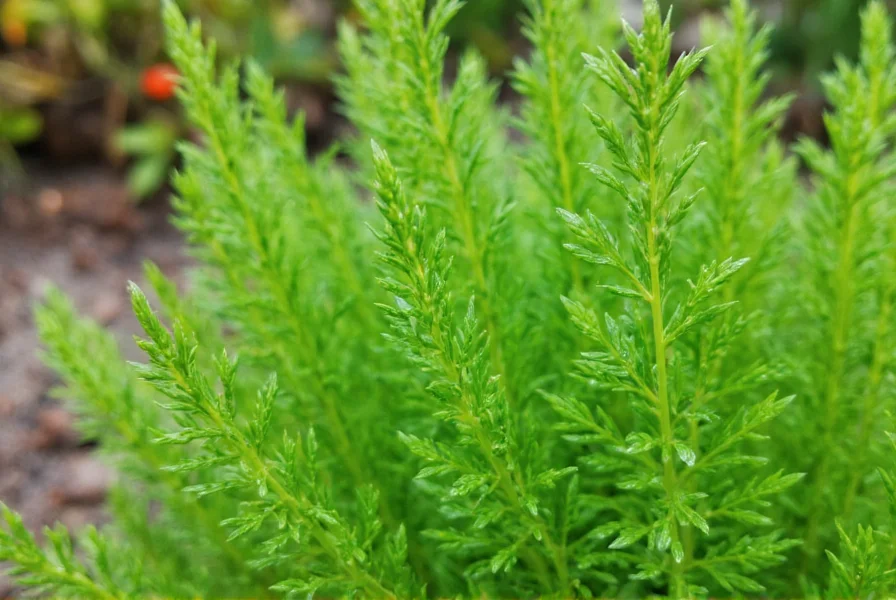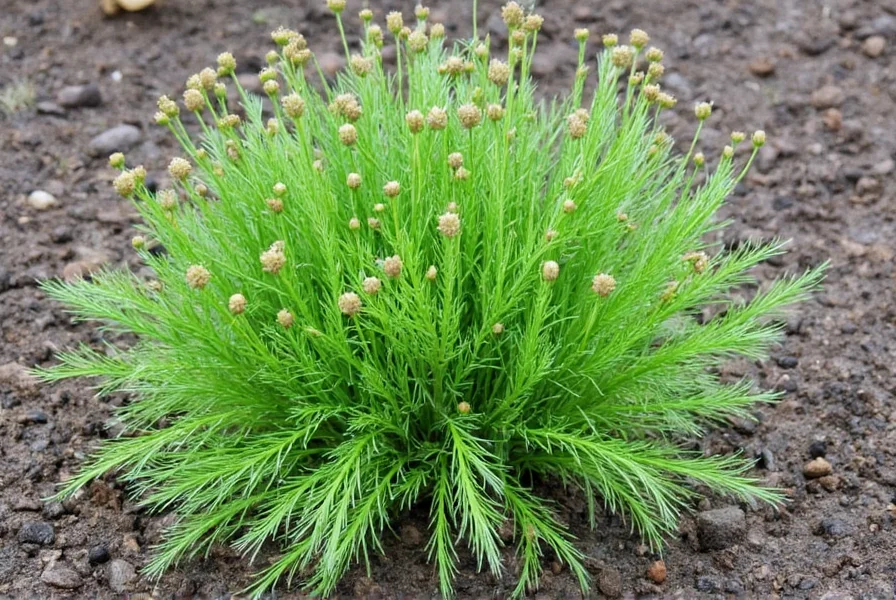Understanding Dill: Herb, History, and Characteristics
Dill stands as one of the most versatile culinary herbs with a history spanning millennia. Ancient Egyptians documented its medicinal properties as early as 3000 BCE, while Greek and Roman cultures valued dill for both cooking and as a symbol of wealth. The herb's name derives from the Norse word dilla, meaning "to lull," referencing its traditional use in soothing remedies.
Botanically classified as Anethum graveolens, dill grows as a slender annual reaching 2-4 feet in height. Its delicate, fern-like leaves (sold as dill weed) offer the most intense flavor when harvested before flowering. The plant eventually produces yellow flowers that develop into oval-shaped seeds with a stronger, warmer flavor profile than the leaves.
| Part of Plant | Flavor Profile | Best Culinary Uses |
|---|---|---|
| Dill Weed (leaves) | Fresh, grassy, with citrus notes | Fish dishes, salads, dips, dressings |
| Dill Seeds | Warmer, earthier, with caraway-like notes | Pickling, breads, stews, spice blends |
| Dill Pollen | Concentrated dill flavor, floral notes | Garnish, finishing spice, compound butters |
Culinary Applications of Dill
Chefs worldwide incorporate dill into diverse culinary traditions. Scandinavian cuisine features dill prominently in gravlax and pickled herring. Eastern European cooking relies on dill for borscht and cucumber salads. Mediterranean dishes use dill in tzatziki and roasted vegetable preparations.
When cooking with fresh dill, add it near the end of preparation to preserve its delicate flavor. Dill weed works exceptionally well with fatty fish like salmon, cutting through richness with its bright notes. For pickling projects, dill seeds provide the classic dill pickle flavor that withstands the vinegar environment better than fresh leaves.

Nutritional Profile and Potential Health Benefits
Dill offers more than just flavor—it delivers nutritional value. One tablespoon (2 grams) of fresh dill provides:
- 1% of daily vitamin C needs
- 2% of daily calcium requirements
- Trace amounts of iron and manganese
- Antioxidants including flavonoids and monoterpenes
Traditional medicine has used dill for digestive support, with modern research suggesting potential anti-inflammatory properties. While not a significant nutrient source by volume, dill's phytochemicals may contribute to overall dietary health when used regularly in cooking.
Successful Dill Cultivation Techniques
Growing dill at home proves straightforward for gardeners of all experience levels. The herb thrives in full sun with well-draining soil and moderate watering. Direct seeding works best since dill develops a taproot that dislikes transplanting.
For continuous harvest, plant new seeds every 3-4 weeks throughout the growing season. Harvest dill weed when plants reach 8-12 inches tall, preferably in the morning when essential oils peak. To collect seeds, allow flower heads to dry on the plant, then cut and store in paper bags for complete drying.
Container gardeners can successfully grow dill in pots at least 12 inches deep. Choose compact varieties like 'Bouquet' or 'Fernleaf' for limited spaces. Remember that dill attracts beneficial insects including pollinators and predatory wasps that control garden pests.

Preservation Methods for Year-Round Use
Preserving dill extends its culinary usefulness beyond the growing season. Freezing maintains the best flavor—chop fresh dill and freeze in ice cube trays with water or olive oil. Drying works better for seeds than leaves, as dried dill weed loses much of its distinctive flavor.
For pickling enthusiasts, creating dill vinegar provides versatile preservation. Fill a clean bottle with fresh dill and cover with white vinegar, allowing it to infuse for 2-3 weeks before straining. This dill-infused vinegar enhances salad dressings and marinades throughout the year.
Common Substitutions and Pairings
When dill isn't available, several alternatives work in specific applications. Tarragon offers a similar anise note for fish dishes, while fennel fronds provide visual similarity in salads. For pickling, a combination of celery seed and caraway approximates dill seed's flavor profile.
Dill pairs exceptionally well with lemon, garlic, yogurt, cucumbers, and all seafood varieties. It complements other herbs including parsley, chives, and mint in fresh herb blends. Understanding these pairings helps home cooks maximize dill's culinary potential in various dishes.
Frequently Asked Questions About Dill
What's the difference between dill weed and dill seed?
Dill weed refers to the fresh or dried feathery leaves of the dill plant, offering a bright, grassy flavor with citrus notes. Dill seed comes from the mature flower heads and has a stronger, warmer, slightly caraway-like flavor. Culinary applications differ significantly—dill weed works best in fresh applications like salads and fish dishes, while dill seed withstands cooking better and is essential for traditional dill pickles.
How do I grow dill successfully in my garden?
Plant dill seeds directly in well-draining soil after the last frost, as it develops a taproot that dislikes transplanting. Choose a sunny location with 6-8 hours of direct sunlight. Water regularly but avoid overwatering. For continuous harvest, sow new seeds every 3-4 weeks. Harvest leaves when plants reach 8-12 inches tall, preferably in the morning. Compact varieties like 'Bouquet' or 'Fernleaf' work well for container gardening in pots at least 12 inches deep.
What are the best ways to preserve fresh dill?
Freezing preserves dill's flavor best—chop fresh dill and freeze in ice cube trays with water or olive oil. Drying works better for seeds than leaves, as dried dill weed loses much of its distinctive flavor. Creating dill vinegar by infusing fresh dill in white vinegar for 2-3 weeks provides versatile preservation for dressings and marinades. Refrigerate fresh dill by placing stems in water and covering loosely with a plastic bag for up to one week.
Can I substitute dried dill for fresh in recipes?
Yes, but with important considerations. Use one teaspoon of dried dill for every tablespoon of fresh dill required. Dried dill works better in cooked dishes where its flavor can fully develop, while fresh dill provides superior flavor in uncooked applications like salads and dips. Note that dried dill weed has significantly less flavor intensity than fresh, so adjust quantities based on your taste preferences and the specific recipe requirements.










 浙公网安备
33010002000092号
浙公网安备
33010002000092号 浙B2-20120091-4
浙B2-20120091-4